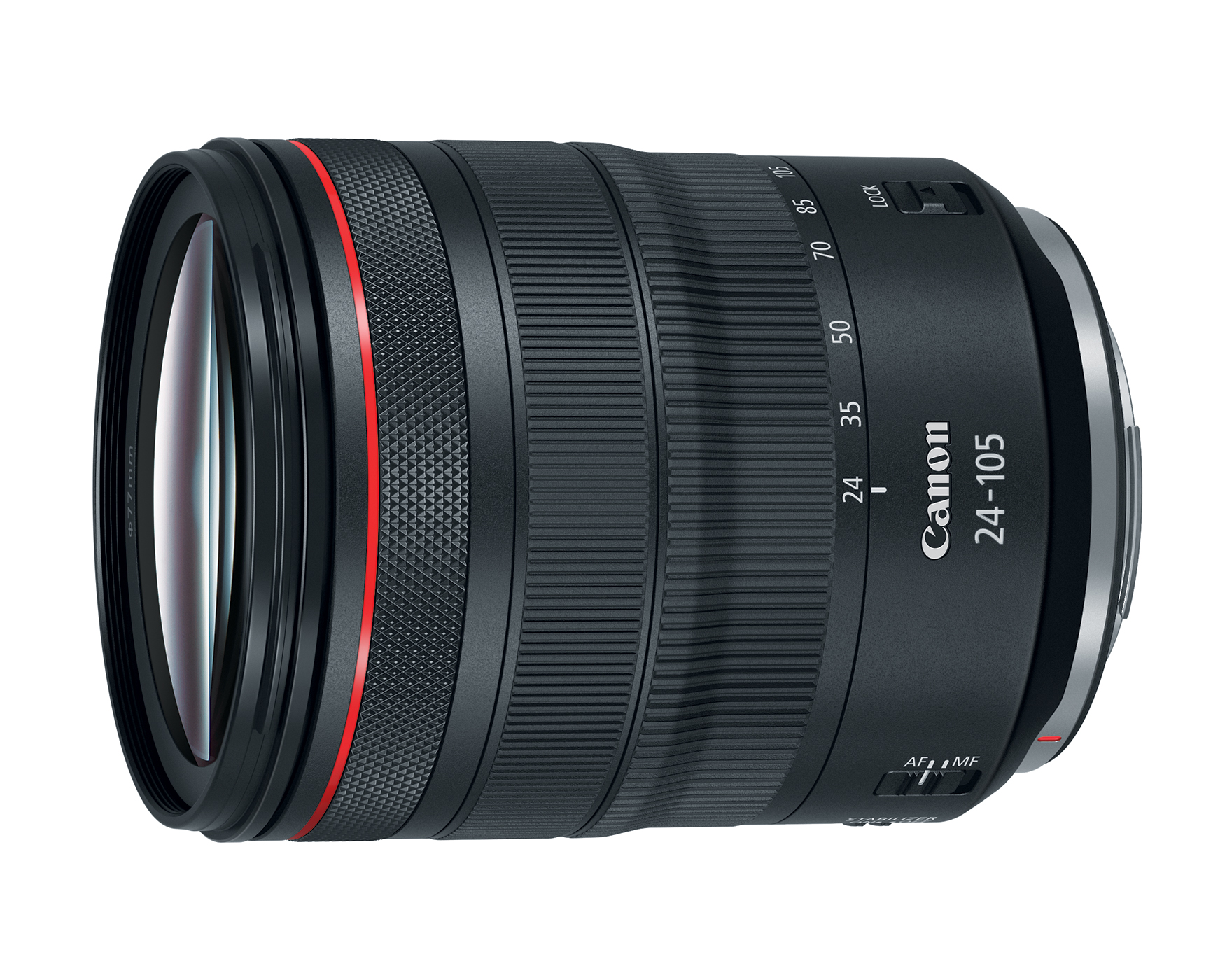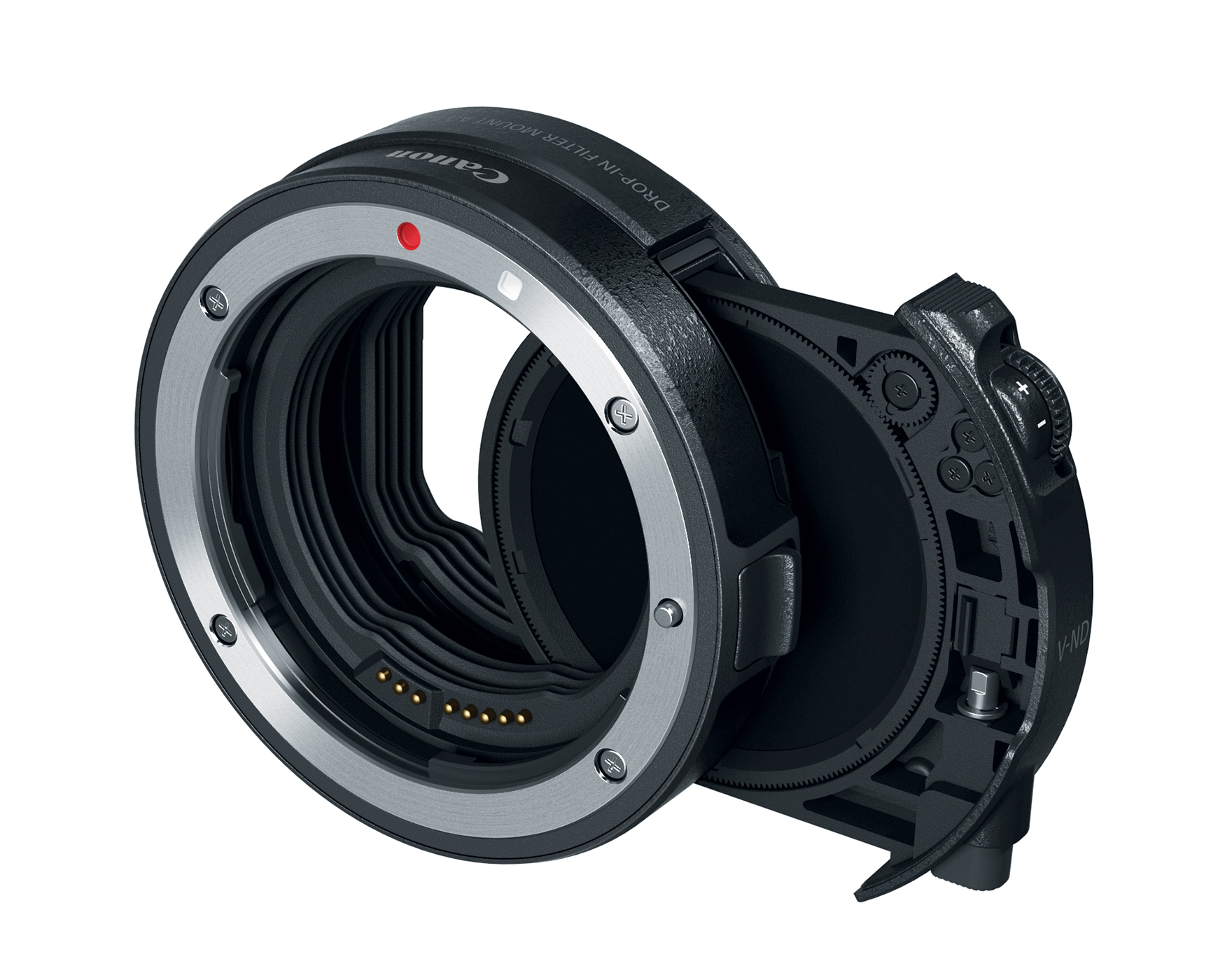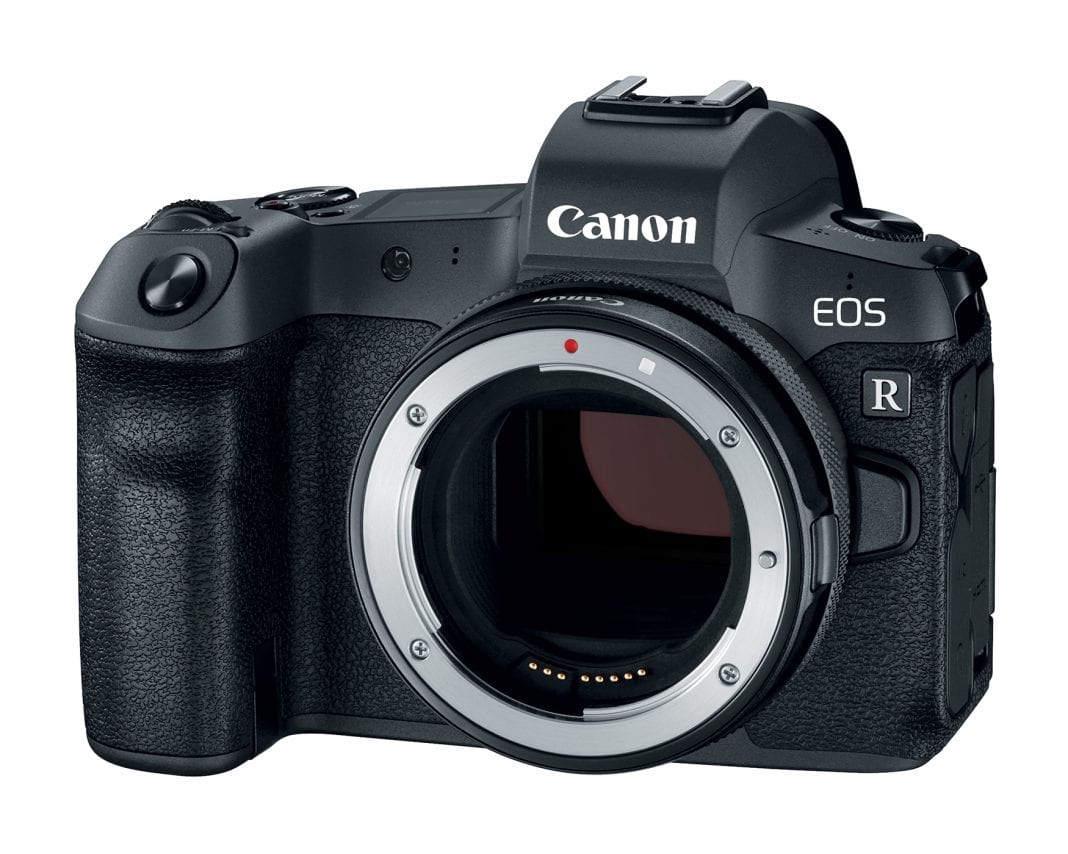It’s a Photokina year and that means that camera manufacturers are doling out their wares to a very enthusiastic photography community. The latest reveal from Canon is the highly-anticipated, often-rumored full-frame mirrorless camera system, the all-new Canon EOS-R. The recently announced camera has been a long time coming for Canon fans and a lot of its success in the mirrorless market will be determined by its reception; here’s a quick breakdown of what you can expect when the camera is available for purchase.
Canon EOS-R Specs via Canon
- 30.3 CMOS Sensor
- Dual-Pixel AF with over 5600 manually selectable focus points (384 zone focus points)
- 4K Video Recording with Canon Log and 10-bit 4:2:2 output (requires external recorder)
- DIGIC 8 Image Processor
- Shoots up to 8 Frames Per Second in burst mode
- RF Mount Compatible with RF Lenses and EF/EF-S Lenses (requires a lens mount adapter)
- Built-in EVF with 3.69 Million Dots, Vari-angle Touchscreen LCD and Dot-matrix LCD Panel
- ISO range of 100-40,000, expandable to 102,400
- USB 3.1 in-camera charging support
- Built-in Bluetooth and Wi-Fi® providing easy sharing to compatible smart devices and social media sites
- Single UHS-II SD card slot
- CR3(RAW/C-RAW) and Dual Pixel RAW Support
- Dust and weather resistant
The New EOS R System
Despite the internet’s initial commotion over the news, the EOS R isn’t Canon’s first foray into the world of mirrorless cameras (that was the EOS M system), however, this is Canon’s highly anticipated full-frame mirrorless camera – a direct competitor to widely popular Sony a7 series of cameras. With the EOS R system, Canon not only produced a full-frame camera but seems to be setting the foundation for the next generation of Canon cameras. The new RF mount, designed specifically for the EOS R, features a large 54mm diameter and shorter back focus distance than on current EOS DSLR cameras allowing for faster aperture lenses that are lighter than their DSLR counterparts. The 54mm diameter of the RF mount also happens to be the same size as that of EF lenses which means Canon shooters will be able to use their existing lineup of lenses (albeit with a mount adapter).
Roadmap to the Future (Lenses)

A camera is really only as good as the glass that you can get and Canon delivered with the announcement of four new lenses, the Canon RF 28-70mm F2 L USM, RF 50mm F1.2 L USM, RF 24-105mm F4 L IS USM and RF 35mm F1.8 MACRO IS STM. These new lenses will reward early adopters and new users alike by covering some of the most popular focal lengths for full-frame shooters. The 28-70mm F2 L and 50mm F1.2 L lend themselves easily to portrait and wedding photographers allowing pros to have a sort of security blanket should they consider making the jump. At launch, the EOS R will have a “kit” available with the 24-105 F4 L, a decent jack-of-all-trades lens that should hold early adopters over until the full lineup is available.

For those that are already heavily invested in EF glass, fret not; also announced were three new lens mount adapters that will allow you to pair your EF lenses onto the EOS R without sacrificing autofocusing capabilities. In fact, one of the new mount adapters includes a drop-in filter system that can expand the capabilities of certain lenses, like the 11-18mm ultra-wide lens (where you couldn’t add an ND filter to the front element).
Why It Matters
While we’re not quite ready to say that the death of the DSLR is nigh, make no mistake the EOS R represents a coming shift in what will be considered the flagship camera in Canon’s lineup. We’re excited to see Canon enter the full-frame mirrorless market and bring their A-game at that; while we can all try to split hairs and point out that the EOS R might be missing “pro” features like dual card slots, we’re excited by the innovation in the EOS R system including the control ring on the lenses themselves and the way they incorporated their legacy lenses into the new system. All in all we’re excited to see what comes next – hey Canon, you got our attention.


